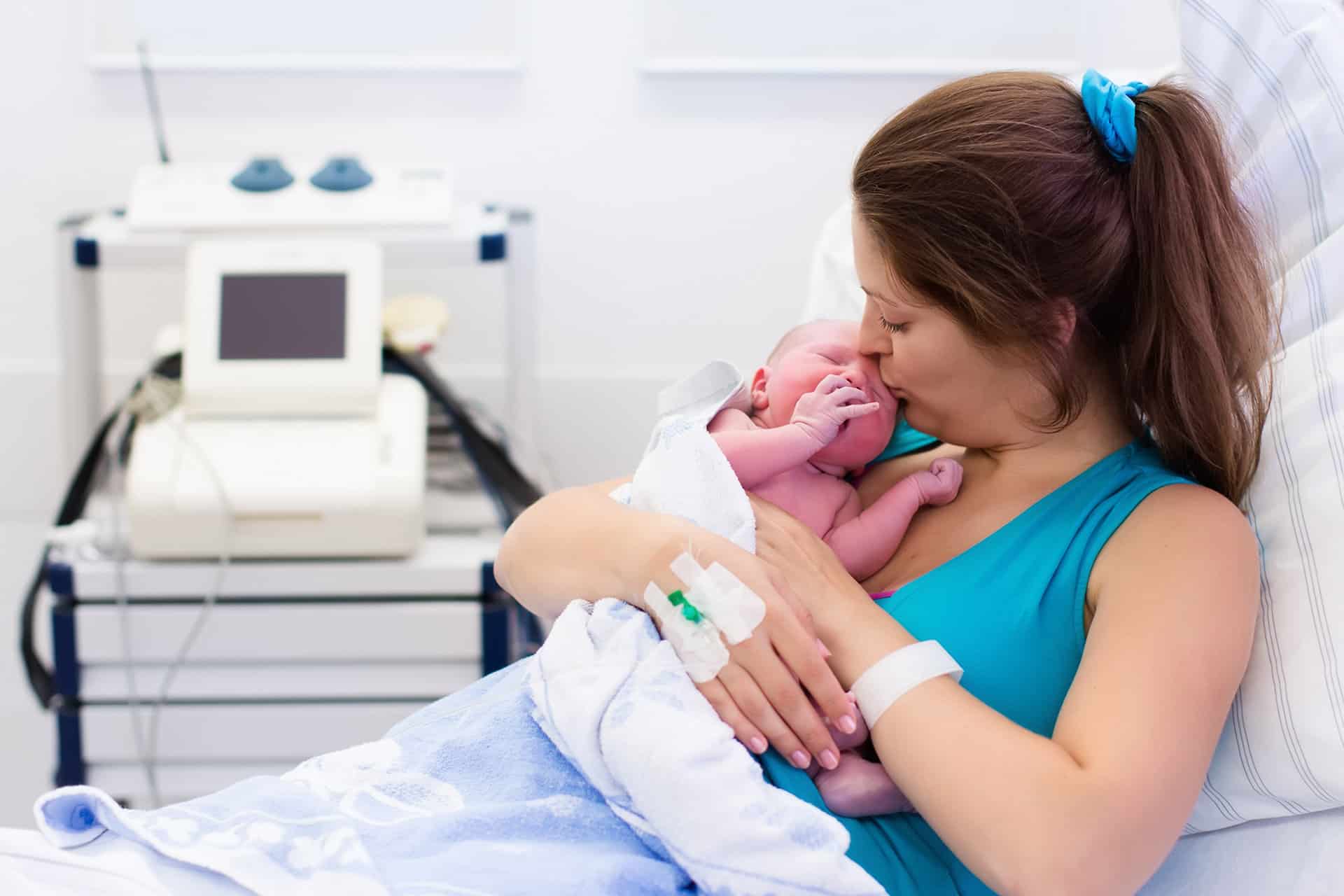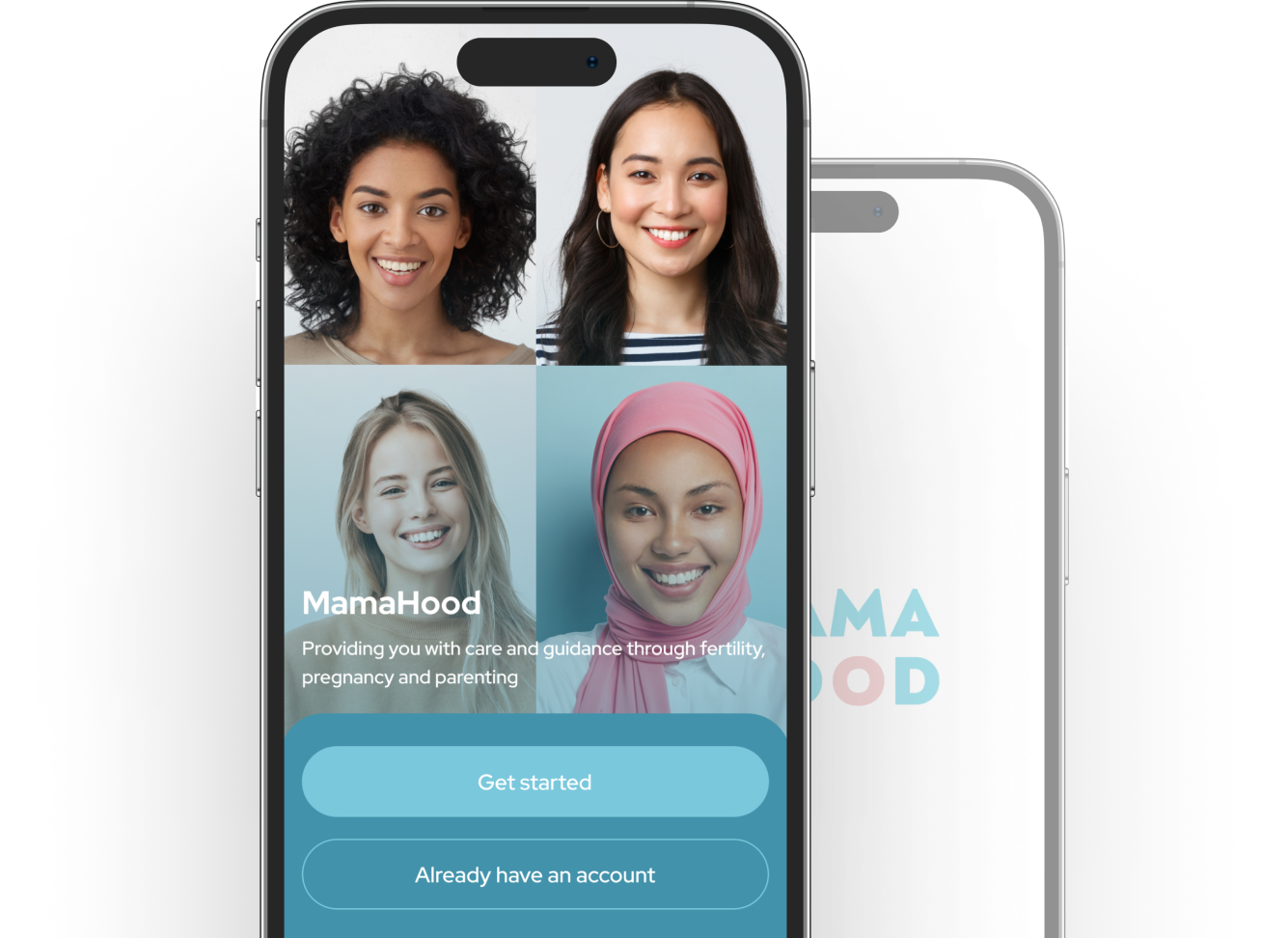Postpartum Recovery: Healing and Caring for Your Body After Birth
Giving birth is one of the most significant experiences a woman can have, and it comes with a lot of changes and challenges. Postpartum recovery is crucial for both vaginal and cesarean deliveries, and new mamas should take time to care for their bodies properly.
In this article, I would like to discuss with you the postpartum recovery and healing process, including how to heal from a vaginal or C-section delivery, managing postpartum bleeding, and more.
Healing from a Vaginal Delivery
After a vaginal delivery, new moms may experience perineal pain, swelling, and soreness.
Here are some tips to help speed up the healing process:
1. Use a sitz bath:
A sitz bath can help relieve pain and promote healing. Fill a shallow basin with warm water, sit in it, and soak your perineal area for 10-15 minutes. You can do this 2-3 times a day.
2. Practice Kegel exercises:
Kegels can help strengthen your pelvic floor muscles, which can be weakened during pregnancy and childbirth. Do ten sets of Kegels three to four times a day.
3. Use a perineal spray:
Perineal sprays with witch hazel can help soothe soreness and swelling. Spray it on your perineal area after using the bathroom or taking a sitz bath.
4. Wear loose-fitting clothing:
Tight clothing can irritate the perineal area, so opt for loose-fitting, comfortable clothing instead.
Tips for Healing from a C-section Delivery
C-sections are major surgeries and require more intensive postpartum care than vaginal deliveries. If you had a C-section, here are some tips for healing:
1. Take care of your incision:
Keep the incision clean and dry. You can shower but avoid soaking in a bath until your doctor clears you of it. Wear loose, comfortable clothing that won’t irritate your incision. If you notice any signs of infection, such as redness, swelling, or pus, contact your doctor immediately.
2. Rest:
Your body needs time to heal after a C-section, so take it easy. Avoid heavy lifting, strenuous exercise, and other activities that could put a strain on your incision. Make sure to get plenty of rest and sleep whenever you can.
3. Use pain relief:
Pain is normal after a C-section, but you don’t have to suffer through it. Your doctor can prescribe pain medication or recommend over-the-counter options like ibuprofen. Use pain relief as needed but be aware of potential side effects and follow your doctor’s instructions.
4. Stay hydrated:
Drinking plenty of water can help prevent constipation and promote healing. Aim to drink at least 8-10 glasses of water a day. Avoid soft drinks.
5. Practice gentle exercise:
Once your doctor clears you for exercise, start with gentle movements like walking or stretching. Gradually increase your activity level as your body heals. Keep yourself free from postpartum depression.
Managing Postpartum Bleeding

Postpartum bleeding, also known as lochia, is the vaginal discharge that occurs after giving birth. It is normal to experience postpartum bleeding for up to six weeks after delivery.
During the first few days, the bleeding may be heavier than in a regular period and may contain clots. It is essential to take proper care during this time to prevent infection and ensure proper healing.
Here are some tips for managing postpartum bleeding:
1. Use the right products:
Use sanitary pads instead of tampons or menstrual cups during postpartum bleeding. Choose pads that are specifically designed for postpartum use, as they are more absorbent and comfortable.
2. Change pads often:
Change your pad every 2-4 hours or as needed. This will help prevent infection and keep you feeling fresh.
3. Practice good hygiene:
Keep your genital area clean and dry. Use warm water to clean yourself after using the bathroom, and pat dry with a clean towel. You can also use a squirt bottle filled with warm water to clean your perineal area after using the bathroom.
4. Avoid using soap:
Using soap can irritate the area and might lead to infection.
5. Seek medical attention if necessary:
If you experience heavy bleeding, severe pain, or fever, contact your healthcare provider immediately.
Taking care of yourself
A well-balanced and nourishing diet is crucial in your postpartum period to keep your energy levels high. During this period, certain dietary recommendations become even more significant.
Research indicates that a postpartum diet should ideally consist of the following elements:
– Approximately 45-64% of daily caloric intake should come from carbohydrates, including the consumption of 6-9 servings of whole grains each day.
– Around 20-35% of daily calories should be derived from fats, similar to the recommendations for women who are not pregnant.
– Protein intake should be increased to approximately 60g per day, compared to the usual 46g per day for non-pregnant women.
However, it’s important to note that individual circumstances may require adjustments in healthy foods
Additionally, excessive dieting or starting a crash diet in the immediate postpartum can adversely affect your health and well-being (as well as your milk production and milk supply.) Like everything in life, balance is key, especially in milk supply.
For instance, if a woman has high blood sugar levels, reducing carbohydrate consumption might be necessary to maintain optimal blood sugar control.
Healthy and Balanced Diet
Eating a healthy postpartum diet is a key factor in recovering from pregnancy and childbirth as well as losing weight — if that’s your goal.
On the other hand, women with higher activity levels may need to increase their carbohydrate intake to meet their energy requirements. She should also get the required calories per day.
Additionally, it is crucial to continue providing adequate support for your baby’s well-being and developmental needs by consuming extra calories and incorporating foods that are rich in essential vitamins and minerals. Sweet potatoes. fatty fish, omega-3 fatty acids are essential for balanced meals. Iron-rich foods can also help a lot.
By personalizing the diet to specific needs and considering factors like blood sugar levels and physical activity, women can ensure their postpartum nutrition is tailored to their individual circumstances and promotes overall well-being. Leafy green vegetables are also great for a healthy diet.
Becoming a new mom can be overwhelming but remember that you are not alone. Here are some tips for taking care of yourself now that you have become a mother.
1. Reach out for support:
Don’t be afraid to ask for help from your partner, family, or friends. You can reach out to women in the Mamahood forum, as it can also help you to connect with other moms going through similar experiences.
2. Take care of your mental health:
Postpartum depression and anxiety are common, and it’s important to seek help if you are experiencing symptoms. Talk to your doctor about any concerns you have and consider therapy or medication if needed.
3. Practice self-care:
Taking care of yourself is just as important as taking care of your baby. Make time for activities you enjoy, such as reading, taking a bath, or going for a walk.
4. Don’t compare yourself to others:
Every mother and baby is different, and there is no “right” way to be a mom. Trust yourself and your instincts, and don’t compare yourself to others on social media or in real life.
An insight from Mamahood
Motherhood can be overwhelming, but taking care of yourself is crucial for both you and your baby. Don’t be afraid to reach out for support when you need it, and don’t be afraid to ask for help. Remember that your body has just gone through a major transition, and it’s normal to take time to recover. If you need further support, please reach out to me through live chat or private mail.








